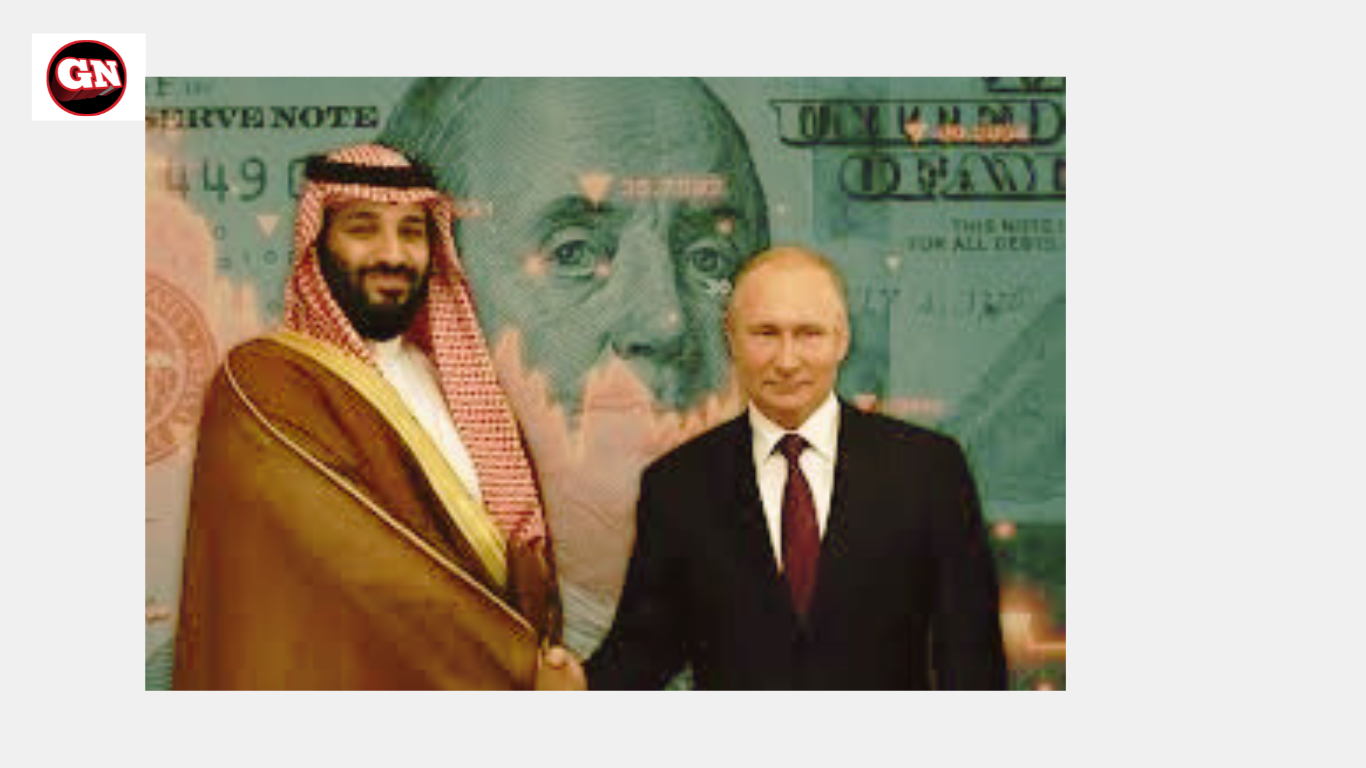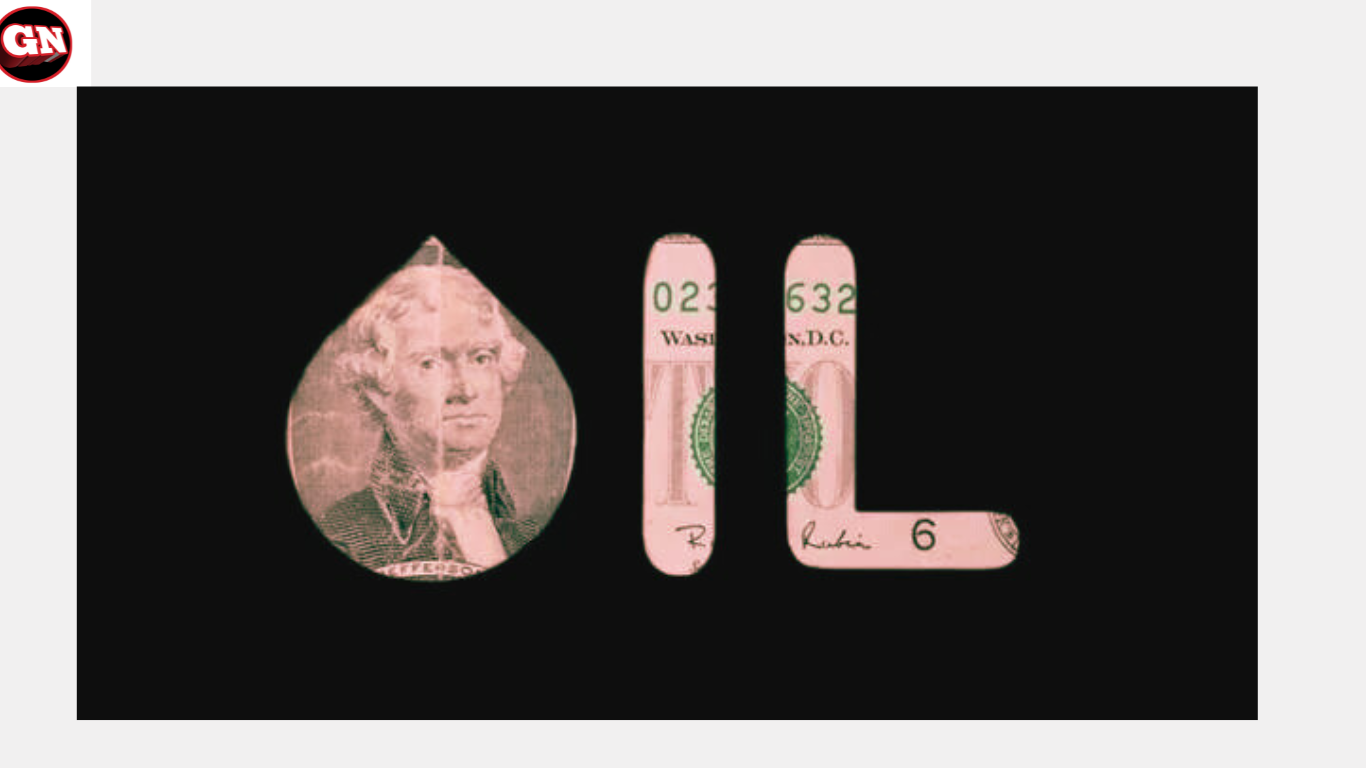The petrodollar exodus from Saudi Arabia:
The June 8, 1974, original signing of the petrodollar agreement was a significant factor in the US’s influence in the world economy.
Short
- US-Saudi Arabian petrodollar agreement expires after 80 years
- Agreement permitted Saudi oil sales solely in US dollars.
- Saudi Arabia can now utilize foreign money, such as euros, RMB, etc.
According to media sources, Saudi Arabia has chosen not to extend its 80-year petrodollar agreement with the United States, which ended on Sunday, June 9.
Originally signed on June 8, 1974, this pact had been a major contributor to US economic dominance worldwide.
The agreement established joint commissions for Saudi Arabia’s military requirements and commercial cooperation. At the time, US officials thought it would push Saudi Arabia to increase its oil output and forge closer economic relations with the Arab world.

The petrodollar exodus from Saudi Arabia: Saudi Arabia can now sell commodities and oil in other currencies except US dollars, like the Chinese RMB, Euros, Yen, and Yuan, by opting not to renew this arrangement. Talk of investigating virtual currencies for transactions, such as Bitcoin, is also present.
The petrodollar system, which was abandoned by the US in 1972 when it ceased directly connecting its currency to gold, is being significantly disrupted by this decision.
It is anticipated to hasten the trend of adopting currencies other than the US dollar in international trade on a worldwide scale.
Furthermore, the Kingdom of Saudi Arabia has joined Project mBridge, an international project investigating a digital currency platform that is shared by commercial and central banks.
With distributed ledger technology, this initiative seeks to speed up international commerce and cross-border payments.

Beginning in 2021, Project mBridge incorporates a number of well-known central banks and organizations from around the globe. It has advanced to the Minimum Viable Product (MVP) stage, where businesses in the private sector are being invited to submit ideas and use cases for the platform’s continued development.
Though it is still unclear how this action by Saudi Arabia will affect international trade and finance in its entirety, it signals the start of a significant change in the dynamics of the global economy.
Saudi Arabia can now sell oil and other items in a variety of currencies, such as the Chinese RMB, Euros, Yen, and Yuan, rather than just US dollars, thanks to the critical decision not to extend the deal. Furthermore, the possible application of virtual currencies like Bitcoin might be taken into consideration.
The petrodollar exodus from Saudi Arabia: The agreement, which was first signed on June 8, 1974, created two joint commissions: one centered on economic cooperation and the other on Saudi Arabia’s military requirements. According to Katja Hamilton of BizCommunity, at the time, it was regarded as the beginning of a period of close cooperation between the two nations.
At the time, U.S. officials expressed hope that the agreement would spur Saudi Arabia to increase oil output. They also saw it as a model for promoting economic cooperation between the United States and other Arab nations.
International CBDC transactions:
The petrodollar exodus from Saudi Arabia: More recently, Saudi Arabia has declared its participation in Project mBridge, an initiative that investigates the creation of a multi-central bank digital currency (CBDC) platform that is shared by participating commercial banks and central banks. Its foundation is distributed ledger technology (DLT), which facilitates immediate foreign exchange and cross-border payment settlements.
The petrodollar exodus from Saudi Arabia: With this month’s approval, the South African Reserve Bank became one of the project’s more than 26 observer members.
The central banks of Israel, Namibia, France, Bahrain, Egypt, Jordan, Europe, the International Monetary Fund, the Federal Reserve Bank of New York, the Reserve Bank of New Zealand, the Reserve Bank of Australia, the World Bank. and the European Central Bank are the most well-known mBridge observing members.
A custom governance and legal framework, complete with a rulebook, has also been developed by the project steering committee to complement the decentralized character of the platform.
Project mBridge’s development:
The petrodollar exodus from Saudi Arabia: The Digital Currency Institute of the People’s Bank of China, the Bank of Thailand, the Central Bank of the United Arab Emirates, the BIS Innovation Hub, and the Hong Kong Monetary Authority collaborated extensively to create Project mBridge beginning in 2021.
A trial including real-value transactions was carried out in 2022. The mBridge project team has been investigating if the prototype platform might advance to the point where it is now at, the Minimum Viable Product (MVP) level.
Project mBridge is now seeking fresh ideas and use cases from private sector companies to assist build and demonstrate the platform as it moves into its MVP stage.

